
Ceramic packing ball introduction
Ceramic packing ball is an important material widely used in chemical industry, environmental protection, petroleum and many other fields. Usually made of aluminum oxide powder after high temperature calcination, with high strength, corrosion resistance and high temperature resistance and stable chemical properties.
Ceramic packing ball classification
Common ceramic packing ball: the main components are natural minerals such as clay, feldspar and quartz. The cost of this ceramic packing ball is relatively low, and it is suitable for some occasions where the performance requirements are not particularly high.
High aluminum ceramic packing ball: alumina (Al₂O₃) is the main component, and the alumina content is high, usually between 70% and 99%. It has higher hardness, wear resistance, chemical stability and thermal stability, suitable for more demanding industrial environments.
Performance characteristics of ceramic packing ball
Chemical stability: Ceramic packing balls can withstand the erosion of a variety of chemical substances.
Thermal stability: Different types of ceramic packing balls have different degrees of thermal stability. Ordinary ceramic packing balls can generally withstand temperature changes within a certain range, usually around 800-1000 ° C; High aluminum ceramic packing ball has better thermal stability and can be used in a high temperature environment of 1200-1500 ℃.
Hardness: Ceramic packing ball has a high hardness, can withstand a certain amount of friction and collision. In the packing tower, when the liquid and gas pass through the packing layer, there will be mutual friction between the packing balls, and its high hardness can ensure that the packing balls will not easily deform or wear during long-term use.
Voidage and specific surface area: The voidage of spherical ceramic packing balls is generally about 30%-40%, which provides enough space for the flow of gases and liquids.

Application of ceramic packing balls
Packing tower: In the packing tower such as rectification tower, absorption tower and extraction tower, the ceramic packing ball as a filler can make gas and liquid fully contact, increase the gas-liquid mass transfer efficiency, and achieve the separation and purification of the mixture.
Reactor: As the carrier or covering support material of catalyst in the reactor, ceramic packing ball can provide good dispersion and support for the catalyst, improve the utilization rate and reaction efficiency of the catalyst. For example, in the chemical production process of synthetic ammonia and methanol, the ceramic packing ball carries the catalyst to participate in the reaction.
Chemical equipment: used for sealing, heat insulation, wear-resistant parts in chemical equipment. Because ceramic materials have good high temperature resistance, corrosion resistance and wear resistance, they can maintain stable performance in the harsh chemical production environment and ensure the normal operation of chemical equipment.
Petroleum refining: In the petroleum refining process, ceramic packing balls are used in catalytic cracking, hydrocracking and other devices, as a catalyst carrier or filler, to participate in the processing and conversion of petroleum, and improve the quality and output of petroleum products.

In flue gas desulfurization, denitrification, volatile organic matter (VOCs) treatment and other waste gas treatment equipment, ceramic packing ball can be used as a filler to increase the contact area and reaction time of waste gas and treatment agent, and improve the efficiency of waste gas treatment. For example, in flue gas desulfurization units of thermal power plants, ceramic packing balls can help absorbers better react with sulfur dioxide in flue gas and reduce sulfur dioxide emissions.



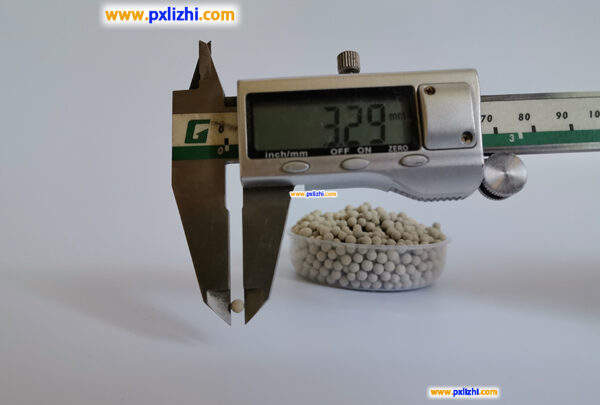
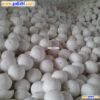
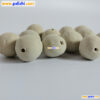
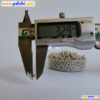
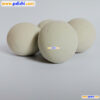
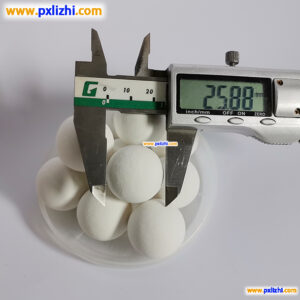
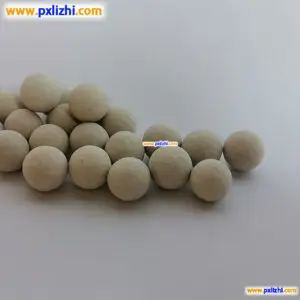
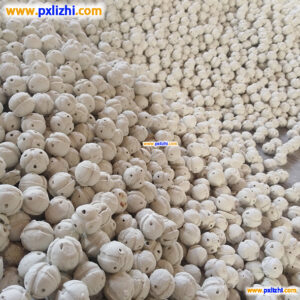

Reviews
There are no reviews yet.